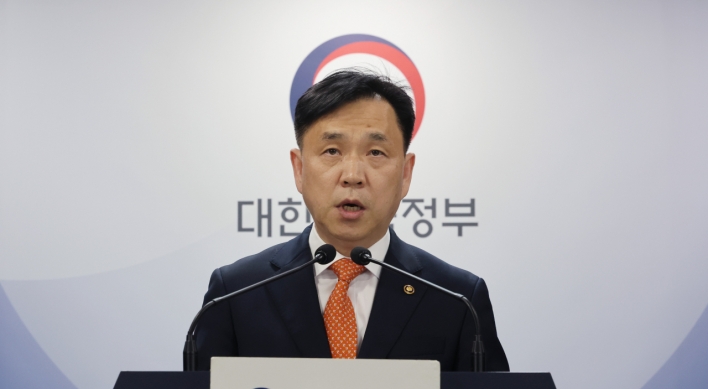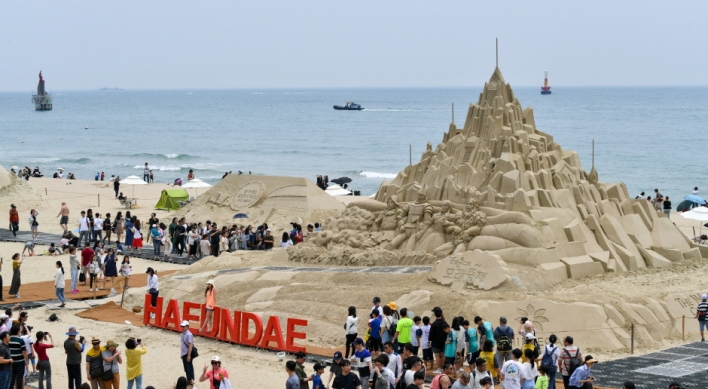[Editorial] R&D spending
Downward trend undesirable for competitiveness
By KH디지털2Published : Oct. 1, 2015 - 17:14
Lawmakers need to take a critical look at the government’s plan for spending on research and development in the process of their forthcoming deliberation of the state budget for next year.
R&D expenditures in the public sector are set to edge up 0.2 percent from this year to 18.9 trillion won ($16 billion) in 2016. But spending on actual R&D projects will be cut by 1.6 percent to 12.6 trillion won. The remainder will be used to cover the personnel and operation costs of public research institutes.
The meager or negative growth rate was far below the 3 percent rise in the total budget to 386.7 trillion won.
Government R&D spending increased by double-digit rates in the late 1990s and early 2000s. The rate averaged 9.6 percent during the tenure of former President Lee Myung-bak, which ended in February 2013.
Cutting R&D spending is out of tune with the policies of the incumbent administration of President Park Geun-hye, which focus on promoting a creative economy through the combination of entrepreneurship and information and communications technology.
Government officials say the reduction in R&D spending is meant to shift from quantitative to qualitative growth. Their explanation does not sound reasonable. What is needed is to strengthen efforts to increase the efficiency and effectiveness of R&D projects, rather than reducing expenditures. It should be noted that the U.S., Japan, Germany and other advanced countries are continuing to expand R&D investment while pursuing better outcomes.
The government also plans to abolish or reduce tax breaks for R&D spending by companies. The measure will further dampen corporate investment, which has already remained sluggish amid a slump in domestic consumption and declining exports.
Korea’s total R&D spending has continuously increased over the past decades, accounting for 4.15 percent of its gross domestic product in 2013. The proportion is forecast to fall below 4 percent next year.
This trend will not help the country’s competitiveness and growth.
According to a report released this week by the World Economic Forum, Korea’s global competitiveness ranking for 2015 remains unchanged at its lowest point in a decade for the second consecutive year. Korea ranked 26th in the WEF competitiveness index out of 140 countries surveyed, significantly below its record high 11th place in 2007.
Among the key elements checked by the foundation, Korea’s basic requirements that cover institutions, infrastructure, the macroeconomic environment, primary education and health rose two notches to 18th place in 2015, while innovation and sophistication factors remain unchanged from the year before at 22nd place.
Increasing R&D investment is also needed to keep Korean manufacturing exporters competitive in world markets at a time when global trade is expected to grow at the slowest pace since the 2007-08 financial crisis in the coming years.
Given these circumstances, there is no reason for Park’s administration to withdraw her campaign pledge to increase the proportion of R&D investment to around 5 percent of GDP by 2017.


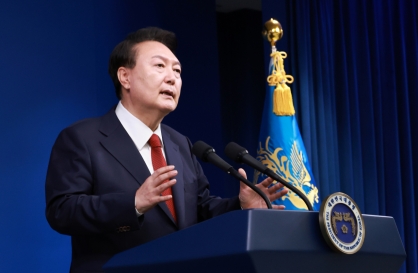

![[K-pop’s dilemma] Can K-pop break free from ‘fandom’ model?](http://res.heraldm.com/phpwas/restmb_idxmake.php?idx=644&simg=/content/image/2024/05/09/20240509050541_0.jpg&u=20240509173751)
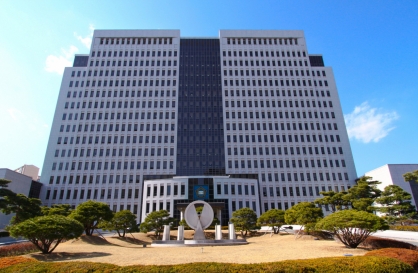


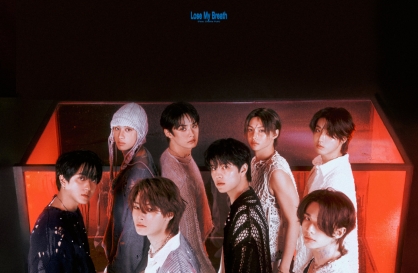
![[News Analysis] Yoon's first 2 years marked by intense confrontations, lack of leadership](http://res.heraldm.com/phpwas/restmb_idxmake.php?idx=644&simg=/content/image/2024/05/09/20240509050612_0.jpg&u=20240509233252)

![[Graphic News] Beer the most favored alcoholic drink by Koreans](http://res.heraldm.com/phpwas/restmb_idxmake.php?idx=644&simg=/content/image/2024/05/09/20240509050765_0.gif&u=)


